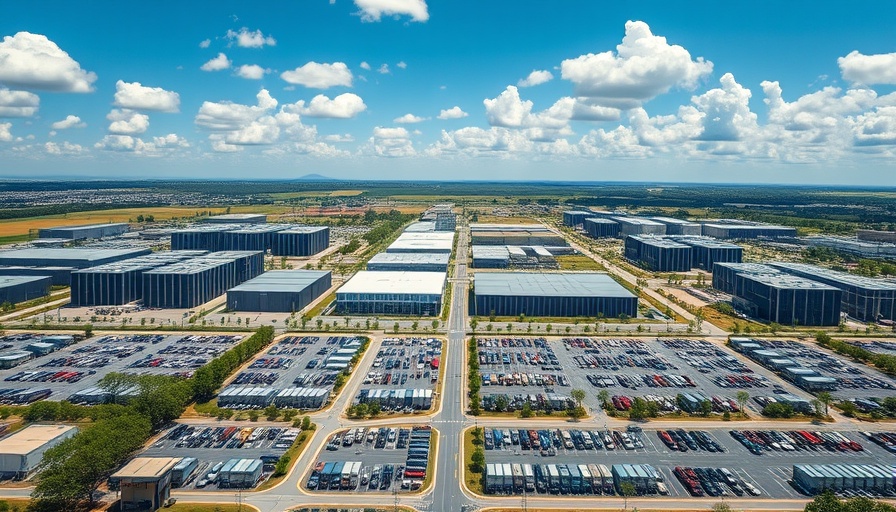
Understanding the Power Demand of AI Data Centers
As artificial intelligence (AI) becomes a staple in our daily lives, the unseen infrastructure that supports these technological advancements has started to emerge in conversations around sustainability and power consumption. With the increasing use of AI tools, from chatbots to video conferencing, we are witnessing a significant rise in the demand for power by data centers, the backbone of the AI revolution.
The Unseen Architecture of AI
Imagine conducting a Zoom meeting or asking a question to an AI interface like ChatGPT. While the interaction feels instantaneous, what often goes unnoticed is the network of data centers humming tirelessly in the background. "Computing power must scale with user demands," points out Vijay Gadepally, a senior scientist at MIT’s Lincoln Laboratory, highlighting the significant growth necessary to support millions of simultaneous users. Each AI model, often housed in expansive server rooms, requires vast amounts of energy to function efficiently, affecting the electricity demand in cities across the United States.
The Rise of Data Centers in Pennsylvania
In Pennsylvania, a state that is becoming increasingly significant in the tech landscape, the rise of data centers has been pronounced. As AI tools gain traction, the infrastructures needed to support them—graphics processing units (GPUs), storage capabilities, and extensive cabling—are proliferating. David Acosta, a co-founder and chief AI officer at ARBOai, notes that while machine learning has been around for decades, it is only in the past few years that it has become commonplace in daily usage. These centers provide crucial computational power, gathering and processing vast amounts of data essential for training advanced AI models.
The Environmental Impact of Data Centers
While the technological advancements brought by AI are remarkable, they come with environmental costs. Experts like Jennifer Brandon, a science and sustainability consultant, stress that the increasing strain on electrical grids is a pressing issue. Data centers consume not just power, but also water and other resources, amplifying the environmental footprint of artificial intelligence. This consumption raises questions about our energy sources and highlights the urgency for sustainable practices within the tech industry.
Future Power Trends in AI Infrastructure
As the demand for AI continues to grow, so too will the energy demand from data centers. Future predictions suggest that the energy consumption by these facilities could rise dramatically, necessitating innovative solutions. Investments in renewable energy sources and energy-efficient technologies are crucial to mitigate the carbon footprint associated with AI development. Some experts advocate for more stringent regulations on energy usage and the adoption of green technologies to lessen the impact of growing data centers on the environment.
Strategies for Sustainable AI Growth
Looking forward, it's essential for stakeholders in the technology sector, policymakers, and the public to collaborate on sustainable strategies. Encouraging the use of renewable energy, improving energy efficiency, and promoting recycling within data centers could form part of a comprehensive approach towards sustainability. Balancing the demand for powerful computing resources with ecological consciousness will be key to maintaining both technological advancement and environmental integrity.
The Local Context: Implications for Pennsylvania
For residents of Pennsylvania, the implications of this rising demand are manifold. As more data centers open in the state, communities must engage in dialogues around energy management, grid reliability, and environmental sustainability. Formulating policies that support the growth of data centers while ensuring environmental protection can benefit both the local economy and the planet.
The rise of AI is changing how we live and work, but it also challenges us to be responsible stewards of our resources. As members of the tech-savvy community, staying informed and advocating for sustainable practices can help shape a future where technology and the environment coexist harmoniously.
 Add Row
Add Row  Add
Add 




 Add Row
Add Row  Add
Add 

Write A Comment